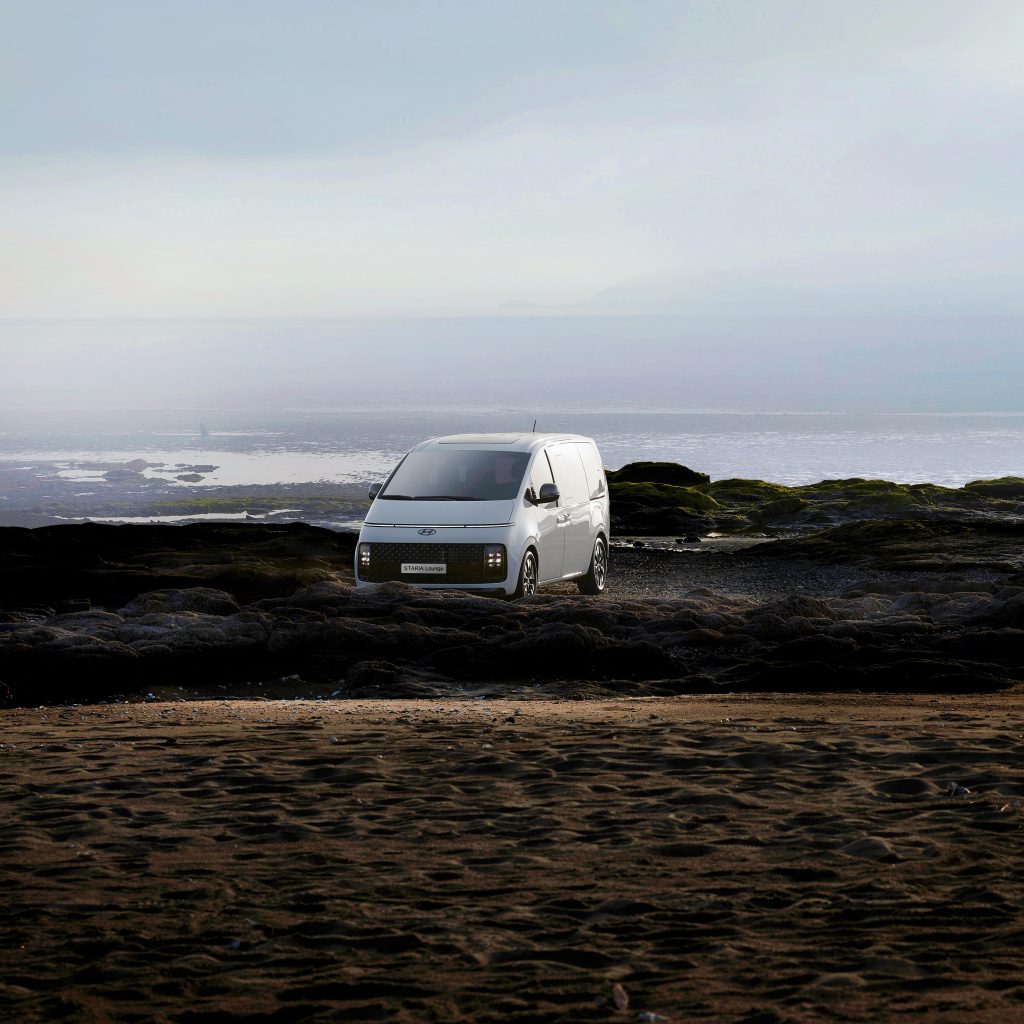Overview
In the world of automotive leasing, where flexibility and affordability often go hand in hand, there’s a lesser-known safeguard that can make a significant difference: Gap Insurance. While it might not be the first thing on your mind when driving off the lot with a leased vehicle, understanding and considering Gap Insurance can save you from potential financial pitfalls down the road.
Leasing a vehicle comes with its advantages, such as lower monthly payments and the ability to drive a newer model with updated features. However, what many drivers fail to realize is that the moment they drive that shiny new car off the lot, its value begins to depreciate. In fact, according to industry experts, a new car can lose up to 20% of its value within the first year alone. This depreciation continues over the life of the lease, leaving a “gap” between the vehicle’s actual cash value and the remaining balance owed on the lease.
Here’s where Gap Insurance comes into play. Unlike standard auto insurance, which covers the actual cash value of the vehicle in the event of theft or total loss, Gap Insurance covers the “gap” between what your insurance company pays and what you still owe on your lease.
Why do we need it?
Imagine you’ve leased a new car valued at $30,000. A year into your lease, the car is stolen and declared a total loss. Your insurance company determines that the car’s actual cash value at the time of the incident is $25,000. However, you still owe $28,000 on your lease. Without Gap Insurance, you would be responsible for covering the $3,000 difference out of pocket. But with Gap Insurance, this shortfall would be covered, saving you from a financial setback.
Now, some may argue, “But isn’t Gap Insurance an unnecessary expense?” While it’s true that Gap Insurance adds an extra cost to your monthly payments, its benefits far outweigh the initial investment, especially when you consider the potential financial burden of covering the “gap” out of pocket.
Moreover, Gap Insurance offers peace of mind. In the unfortunate event of a total loss, whether due to theft or accident, knowing that you’re not on the hook for thousands of dollars can alleviate a significant amount of stress during an already challenging time.
It’s important to note that Gap Insurance is not automatically included in your lease agreement. While some leasing companies may offer it as an add-on, others may require you to obtain it separately through an insurance provider. Before signing on the dotted line, take the time to review your lease agreement and insurance options carefully. Understand what coverage is included and what additional protections you may need to ensure you’re adequately covered.
When shopping for Gap Insurance, compare quotes from multiple providers to ensure you’re getting the best deal. Factors such as the term of your lease, the value of the vehicle, and your driving history can all impact the cost of Gap Insurance premiums. Additionally, consider the reputation and reliability of the insurance company, as prompt and hassle-free claims processing can make all the difference when you need it most.
Conclusion
In conclusion, Gap Insurance serves as a crucial safety net for drivers leasing vehicles, bridging the value gap and protecting against potential financial loss. While it may add to your monthly expenses, the peace of mind and protection it provides in the event of a total loss far outweigh the initial investment. By understanding the importance of Gap Insurance and exploring your coverage options, you can drive off the lot with confidence, knowing you’re prepared for whatever the road may bring.

